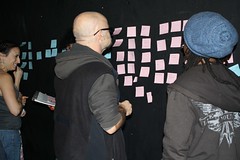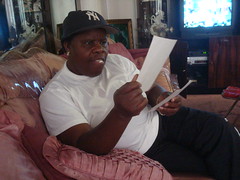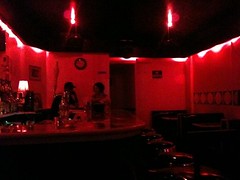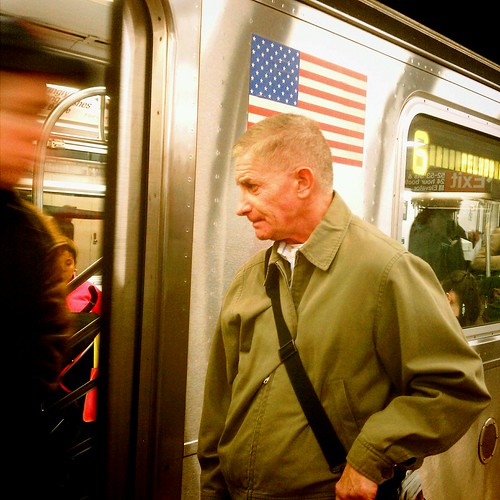 Stephanie Butnick The housing committee of Community Board 3 approved a plan to renovate a string of properties at 9 and 11-17 Second Avenue. The next step is a vote by the full community board Dec. 21.
Stephanie Butnick The housing committee of Community Board 3 approved a plan to renovate a string of properties at 9 and 11-17 Second Avenue. The next step is a vote by the full community board Dec. 21.The housing committee of Community Board 3 tonight endorsed a proposal to renovate a string of properties along a stretch of Second Avenue and turn them into a new mixed-income development.
The move also brings the temporary closure of the iconic Mars Bar, which is located on one of the properties, a bit closer to becoming a reality. The bar, a fabled East Village haunt, would likely remain closed for the two years it will take to renovate the property.
Representatives from the project’s developer, BFC Partners, and the Urban Homesteading Assistance Board explained the project, which would rebuild properties at 9 and 11-17 Second Avenue – currently in various states of disrepair and in some cases, code violation – into a single 12-story building offering both permanently affordable housing and market-rate units.
A tenant from 11-17, Gretchen Green, spoke in support of the project, saying “It’s going to give me an apartment where I can close the windows, and a safe place for my daughter and grandson to visit.”
The existing tenants of both buildings will be offered space in the new building – with the option to buy the new apartments for $1. A low fee to be sure, but – under the terms of the renovation agreement – the apartments will never be allowed to be offered at market rate (the re-sale price for the units is about $180,000).
Not all tenants are as optimistic as Ms. Green. John Vaccaro, a resident 11-17 Second Avenue for more than three decades who did not attend the meeting, told The Local afterward, “I don’t support them taking down what should be a landmarked building.” And, at 81, he is not keen to be relocated for the roughly two years it would take for the project to be completed.
Nevertheless, the committee voted to recommend the project, with one committee member abstaining – Val Orselli of the Cooper Square Mutual Housing Association declined to vote, citing a past professional relationship with the developers.
And what of the Mars Bar? It’ll be resurrected in the renovated space, owner Hank Penza says: “bigger and better, but with the same attitude.”
The next step is a Dec. 21 meeting, where the full Community Board will vote on the project.















